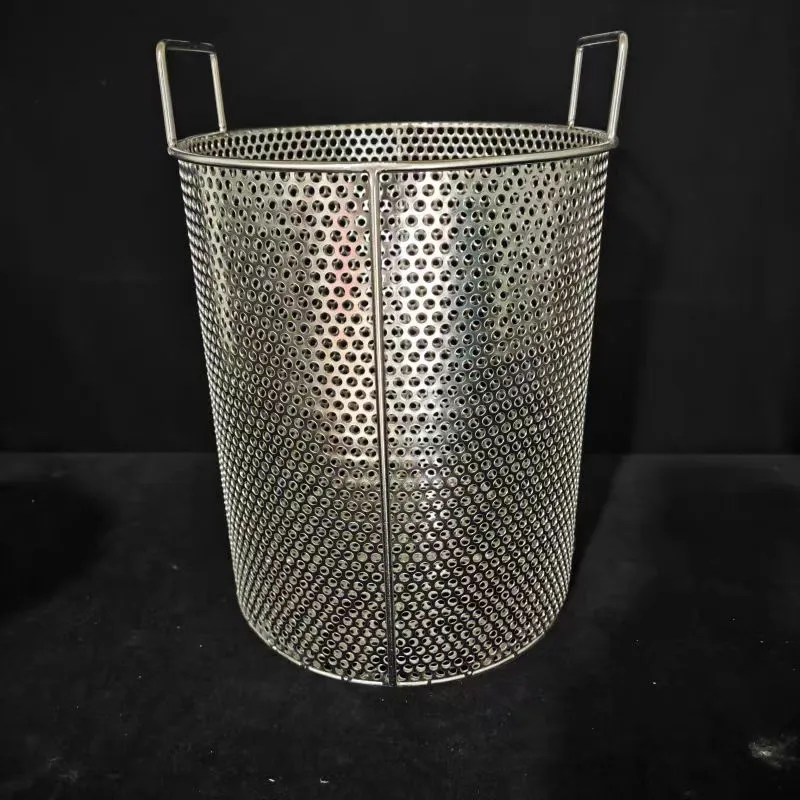-
 Afrikaans
Afrikaans -
 Albanian
Albanian -
 Amharic
Amharic -
 Arabic
Arabic -
 Armenian
Armenian -
 Azerbaijani
Azerbaijani -
 Basque
Basque -
 Belarusian
Belarusian -
 Bengali
Bengali -
 Bosnian
Bosnian -
 Bulgarian
Bulgarian -
 Catalan
Catalan -
 Cebuano
Cebuano -
 China
China -
 Corsican
Corsican -
 Croatian
Croatian -
 Czech
Czech -
 Danish
Danish -
 Dutch
Dutch -
 English
English -
 Esperanto
Esperanto -
 Estonian
Estonian -
 Finnish
Finnish -
 French
French -
 Frisian
Frisian -
 Galician
Galician -
 Georgian
Georgian -
 German
German -
 Greek
Greek -
 Gujarati
Gujarati -
 Haitian Creole
Haitian Creole -
 hausa
hausa -
 hawaiian
hawaiian -
 Hebrew
Hebrew -
 Hindi
Hindi -
 Miao
Miao -
 Hungarian
Hungarian -
 Icelandic
Icelandic -
 igbo
igbo -
 Indonesian
Indonesian -
 irish
irish -
 Italian
Italian -
 Japanese
Japanese -
 Javanese
Javanese -
 Kannada
Kannada -
 kazakh
kazakh -
 Khmer
Khmer -
 Rwandese
Rwandese -
 Korean
Korean -
 Kurdish
Kurdish -
 Kyrgyz
Kyrgyz -
 Lao
Lao -
 Latin
Latin -
 Latvian
Latvian -
 Lithuanian
Lithuanian -
 Luxembourgish
Luxembourgish -
 Macedonian
Macedonian -
 Malgashi
Malgashi -
 Malay
Malay -
 Malayalam
Malayalam -
 Maltese
Maltese -
 Maori
Maori -
 Marathi
Marathi -
 Mongolian
Mongolian -
 Myanmar
Myanmar -
 Nepali
Nepali -
 Norwegian
Norwegian -
 Norwegian
Norwegian -
 Occitan
Occitan -
 Pashto
Pashto -
 Persian
Persian -
 Polish
Polish -
 Portuguese
Portuguese -
 Punjabi
Punjabi -
 Romanian
Romanian -
 Russian
Russian -
 Samoan
Samoan -
 Scottish Gaelic
Scottish Gaelic -
 Serbian
Serbian -
 Sesotho
Sesotho -
 Shona
Shona -
 Sindhi
Sindhi -
 Sinhala
Sinhala -
 Slovak
Slovak -
 Slovenian
Slovenian -
 Somali
Somali -
 Spanish
Spanish -
 Sundanese
Sundanese -
 Swahili
Swahili -
 Swedish
Swedish -
 Tagalog
Tagalog -
 Tajik
Tajik -
 Tamil
Tamil -
 Tatar
Tatar -
 Telugu
Telugu -
 Thai
Thai -
 Turkish
Turkish -
 Turkmen
Turkmen -
 Ukrainian
Ukrainian -
 Urdu
Urdu -
 Uighur
Uighur -
 Uzbek
Uzbek -
 Vietnamese
Vietnamese -
 Welsh
Welsh -
 Bantu
Bantu -
 Yiddish
Yiddish -
 Yoruba
Yoruba -
 Zulu
Zulu
stainless steel inline strainer
The Importance of Stainless Steel Inline Strainers in Fluid Systems
In various industrial and commercial applications, the efficiency and reliability of fluid systems hinge on the use of effective filtration solutions. One such solution that has gained popularity is the stainless steel inline strainer. These devices serve as essential components in maintaining the integrity of fluid systems by preventing contaminants from entering and damaging equipment.
What is a Stainless Steel Inline Strainer?
A stainless steel inline strainer is a filtration device that removes debris and particles from liquid or gas as it flows through a pipeline. It consists of a perforated or mesh screen made of stainless steel, which is designed to capture unwanted materials while allowing clean fluid to pass through. Unlike other types of filters, inline strainers are installed directly into the pipeline, making them compact and efficient.
Benefits of Stainless Steel Inline Strainers
1. Corrosion Resistance The primary advantage of using stainless steel in manufacturing inline strainers is its corrosion resistance. Unlike other materials that may degrade over time due to exposure to various fluids, stainless steel maintains its integrity, ensuring long-lasting performance even in harsh conditions. This feature is particularly beneficial for applications involving aggressive chemicals or fluids with varying pH levels.
2. Durability Stainless steel inline strainers are built to withstand high pressures and temperatures. Their durability means that they can handle demanding environments, which is particularly important in industries such as oil and gas, chemicals, and food processing. This reduces the need for frequent replacements, ultimately lowering maintenance costs.
stainless steel inline strainer

3. Easy Maintenance Maintaining a stainless steel inline strainer is straightforward. Many designs feature clean-out ports, which allow for easy access to the mesh or screen for cleaning. Regular maintenance not only prolongs the life of the strainer but also ensures consistent performance and efficiency within the system.
4. Versatility These strainers can be used in a wide range of applications, making them versatile tools in fluid management. Whether it’s for water treatment, HVAC systems, or fuel systems, stainless steel inline strainers can be tailored to fit specific needs. Their adaptability also includes different mesh sizes, which can be selected based on the type of particles to be filtered.
5. Cost-Effectiveness Although the initial investment in stainless steel inline strainers may be higher than that of plastic or other types of filters, their durability, low maintenance needs, and longer lifespan make them a cost-effective choice in the long run. Businesses can save money by reducing downtime and maintenance activities while ensuring the reliability of their operations.
Applications of Stainless Steel Inline Strainers
Stainless steel inline strainers are extensively used across various industries. For instance, in the chemical processing industry, they protect pumps and valves from debris, ensuring smooth operation. In the food and beverage sector, these strainers prevent contaminants from entering production lines, maintaining product quality and safety. Similarly, in HVAC systems, they filter out dirt and dust particles, enhancing system efficiency and air quality.
Conclusion
In conclusion, stainless steel inline strainers are vital components in maintaining the efficiency and longevity of fluid systems. Their corrosion resistance, durability, ease of maintenance, and versatility make them an ideal choice for various applications across different industries. As businesses strive for higher efficiency and reduced operational costs, the importance of reliable filtration solutions like stainless steel inline strainers cannot be overstated. Investing in these systems will not only protect valuable equipment but also enhance the overall performance of fluid management systems, contributing to a more reliable and efficient operation. Whether in a complex industrial environment or simpler applications, the role of stainless steel inline strainers is significant and indispensable.
-
Shipping Plastic Bags for Every NeedNewsJul.24,2025
-
Safety Netting: Your Shield in ConstructionNewsJul.24,2025
-
Plastic Mesh Netting for Everyday UseNewsJul.24,2025
-
Nylon Netting for Every UseNewsJul.24,2025
-
Mesh Breeder Box for Fish TanksNewsJul.24,2025
-
Expanded Steel Mesh Offers Durable VersatilityNewsJul.24,2025











